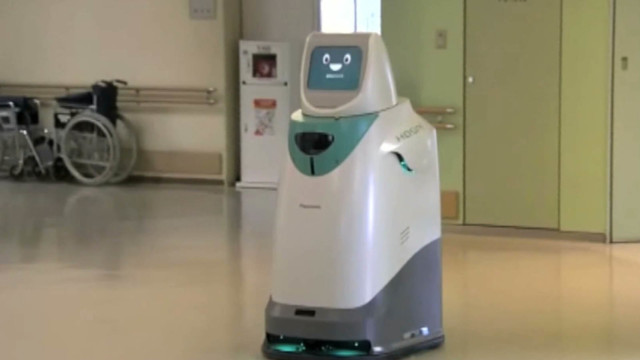As societies age, the need for nurses and health care workers increases. Japan is of the countries facing staffing shortages due to low wages and the physical strains health care jobs require.
CCTV’s Terrence Terashima takes a look at how Japan is using robotics to assist in hospitals and health care.

Japan’s fast-aging society is causing a number of problems. Shortage of nurses and care workers has been a problem for decades.
Due to the shortage, some people are forced to leave their jobs to take care of family members. The stress and fatigue taking care of the elderly causes, is one of the biggest social problems in Japan.
Japan is looking into robotics for help.
The communication robot Palro has already been introduced in many elderly homes.
Palro is able to have simple conversations and has entertainment programs is installed. Many elderly do not want to bother already busy care workers, and can be hesitant to communicate with them.
“When we hold a recreation sessions, we are so focused with the exercises, that we can’t see the conditions of individuals,” Nobuo Mamiya, Fuyouen Special Elderly Nursing Home manager, said. “Using these robots, we are able to observe the patients and assess the health condition of the individual. It helps us very much.”
The Fuyouen facility also uses a “healing pet” robot, which is a robot baby seal that reacts to voices and makes body and facial expressions. It is said to relieve stress and helps people too shy to interact.
One difficult task of an elderly caretaker can be lifting patients from bed to a wheelchair. But robotics may have a solution. Power assisting suits are already being used in airports and elderly homes.
There are also integrated care beds, which turn into wheelchairs, eliminating the burden of lifting individuals from one to the other.
It might not be long until we see robots taking active roles in hospitals, distributing food and medications.
Experts said that since society is quickly aging, faster development and practical use of robots is essential.
 CGTN America
CGTN America

